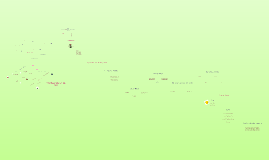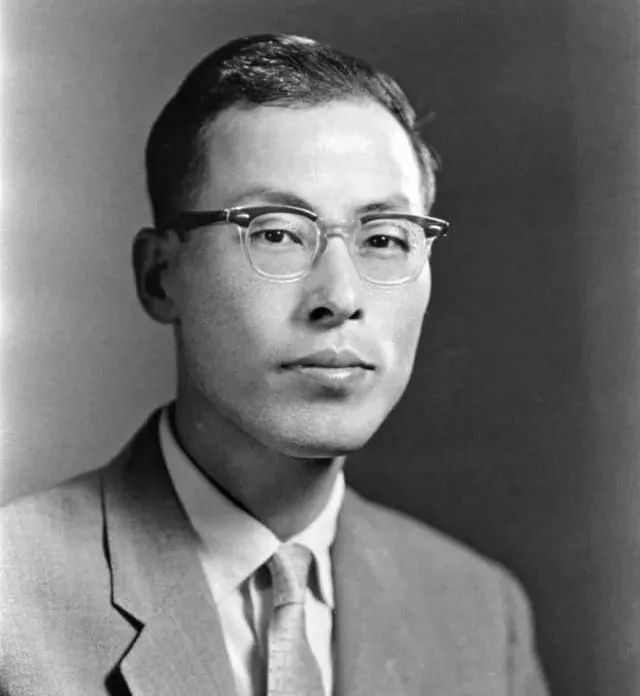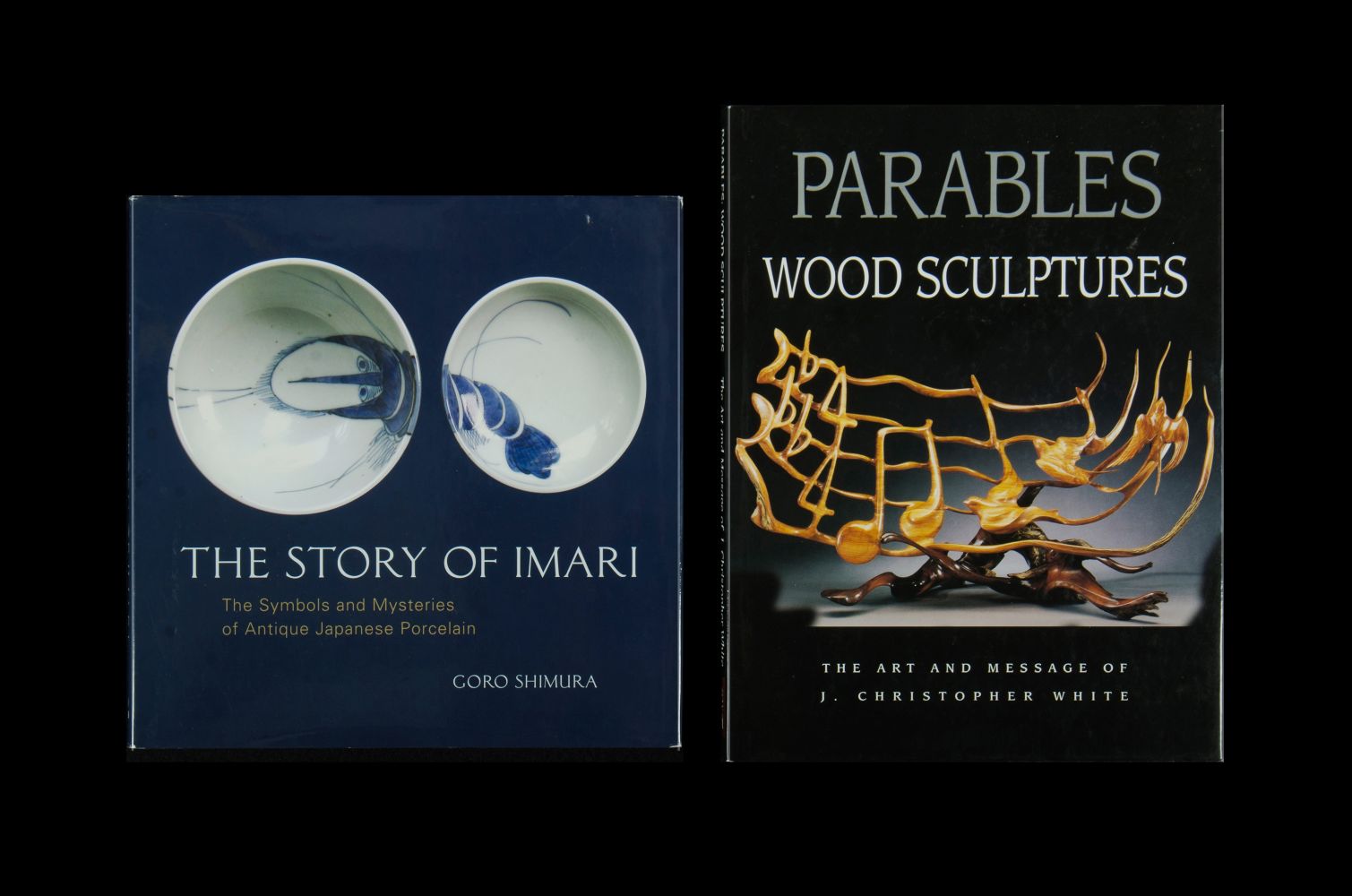

In 1971, Shimura's work on explicit class field theory in the spirit of Kronecker's Jugendtraum resulted in his proof of Shimura's reciprocity law. In 1959, Shimura extended the work of Eichler on the Eichler–Shimura isomorphism between Eichler cohomology groups and spaces of cusp forms which would be used in Pierre Deligne's proof of the Weil conjectures. In 1958, Shimura generalized the initial work of Martin Eichler on the Eichler–Shimura congruence relation between the local L-function of a modular curve and the eigenvalues of Hecke operators. This work provided examples for which the equivalence between motivic and automorphic L-functions postulated in the Langlands program could be tested: automorphic forms realized in the cohomology of a Shimura variety have a construction that attaches Galois representations to them. Shimura then wrote a long series of major papers, extending the phenomena found in the theory of complex multiplication of elliptic curves and the theory of modular forms to higher dimensions (e.g.

Shimura was a colleague and a friend of Yutaka Taniyama, with whom he wrote the first book on the complex multiplication of abelian varieties and formulated the Taniyama–Shimura conjecture. Shimura died on in Princeton, New Jersey at the age of 89.

Shimura had two children, Tomoko and Haru, with his wife Chikako. Shimura used a two-part process for research, using one desk in his home dedicated to working on new research in the mornings and a second desk for perfecting papers in the afternoon. He also argued for a "romantic" approach, something he found lacking in the younger generation of mathematicians. Shimura described his approach to mathematics as "phenomenological": his interest was in finding new types of interesting behavior in the theory of automorphic forms. Shimura joined the Princeton faculty in 1964 and retired in 1999, during which time he advised over 28 doctoral students and received the Guggenheim Fellowship in 1970, the Cole Prize for number theory in 1977, the Asahi Prize in 1991, and the Steele Prize for lifetime achievement in 1996. Through André Weil he obtained a position at Princeton University.

He then moved from Tokyo to join the faculty of Osaka University, but growing unhappy with his funding situation, he decided to seek employment in the United States. After graduating, Shimura became a lecturer at the University of Tokyo, then worked abroad - including ten months in Paris and a seven-month stint at Princeton's Institute for Advanced Study - before returning to Tokyo, where he married Chikako Ishiguro.


 0 kommentar(er)
0 kommentar(er)
